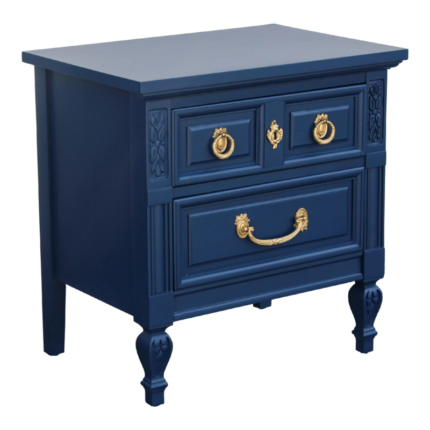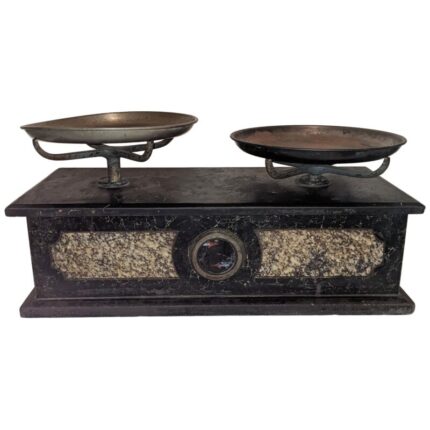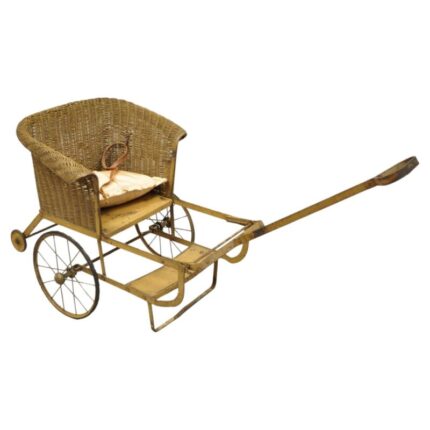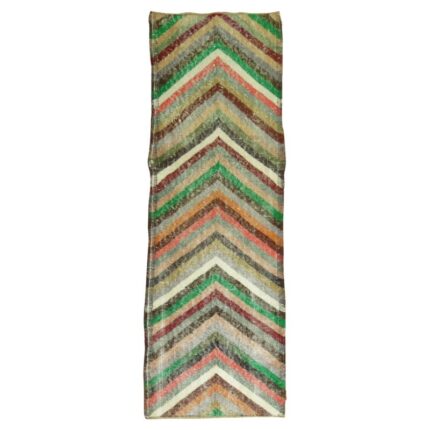Royal House Antiques is delighted to offer for sale this stunning, fully restored Victorian Claw & Ball feet, Chesterfield tufted office chair with a unique inscription inside the frame relating to a 30th December 1940 WW2 Air Raid Bombing
Please note the delivery fee listed is just a guide, it covers within the M25 only for the UK and local Europe only for international, if you would like an accurate quote, please send me your postcode and I’ll provide you with the exact price.
This chair is the definition of Serendipity! It was sold to me for quite a princely sum as being a leather office chair, I then sent it to my leather polisher for restoration and it turned out it was faux leather, we can’t restore or work with faux leather so it was sent to my upholsterer in Brighton to restore it correctly, after removing said faux upholstery, Jonathan made the wonderful discovery of the inscription around the base rails, it reads as follows from the left side to the back and then the right
IF THIS CHAIR COULD SPEAK – IT WOULD TELL YOU A TERRIBLE
STORY OF THE GREAT GERMAN AIR RAID ON
LONDON DECEMBER 30TH 1940 THIS CHAIR PARTLY BURNT WAS
ALL THAT WAS LEFT FROM A LARGE FIRM TOTALLY DESTROYED
This air raid was known as the second great fire of London, here is an extract I found online relating to it
The Second Great Fire of London in December 1940 was caused by one of the most destructive air raids of the Blitz during World War II. The Luftwaffe raid caused fires over an area greater than that of the Great Fire of London in 1666,leading one American correspondent to say in a cable to his office that “The second Great Fire of London has begun”. Fires started by the raid included an incendiary bomb that broke through the dome of St Paul’s Cathedral, which was being guarded by a fire watch team at the behest of the Prime Minister Winston Churchill.
On the night of 29–30 December 1940, approximately 100,000 (mostly small incendiary) bombs fell on the city. The Germans dispatched 136 bombers to the city. Fewer incendiaries were dropped than in the raids of 15 November or 8 December. The raid was focused on a part of the city that contained many non-residential buildings, such as churches, offices, and warehouses. Many of these were locked and were not covered by the Fire Watchers Order of September 1940, which applied to places of work with at least 30 employees, warehouses with an area of 50,000 cubic feet (1,400 m3) and sawmills or timber yards with more than 50,000 cubic feet of timber.
Incendiary bombs were the main armament that night. Moderately small, at 12 by 3 inches (30 cm × 8 cm)—each bomber was equipped with approximately 180 of them—the bombs carried magnesium and started fires. The raid saw 1,500 fires begin in the city.
Firefighters’ efforts were hampered by a water shortage. The primary water-main in the City was bomb-fractured. Units trying to get water from other hydrants caused the water pressure to drop. Efforts to draw water from the River Thames were hampered by the low tide. The fire brigade’s difficulties were further exacerbated by wind, combined with the concentrated area of the attack.
Twelve of the 160 people killed in the raid were firefighters, while 250 were injured.
Artist Leonard Rosoman was serving with the Auxiliary Fire Service on the night of the raid. While fighting a fire in Shoe Lane, Rosoman was relieved of his hose. Moments later a wall collapsed, burying the two firefighters working where Rosoman had just been. The moment haunted Rosoman for the rest of his life. He immortalised the scene in his painting A House Collapsing on Two Firemen, Shoe Lane, London, EC4. William Sansom, a friend of Rosoman’s who would go on to become a novelist and travel writer, survived the incident. The fireman who relieved Rosoman of his hose was killed.
Sam Chauveau of the London Fire Brigade described the scene that faced the fire fighters:
By the time we finished tackling the fires on the roof of the [Stock] Exchange, the sky, which was ebony black when we first got up there, was now changing to a yellowy orange colour. It looked like there was an enormous circle of fire, including St Paul’s churchyard.
And there you have it, quite a torrid night to survive, this chair is an important survivor, I’m sure it will end up in a museum or some other important collection, it is very rare to find genuine WW2 pieces that have seen so much!
Condition wise, as mentioned this chair has been restored from the ground up, the leather upholstery is all new English cattle hide, it has been upholstered plain, hand dyed six times, antiqued, sealed waxed down and polish, the base frame has claw & ball feet which have been hand lightly waxed and polished
Dimensions:
Height:- 81.5cm
Width:- 62cm
Depth:- 72.5cm
Seat height:- 48cm
Please note all measurements are taken at the widest point, if you would like any additional or specific measurements please ask.
Any questions please feel free to ask before you bid.
Condition
Please view the very detailed pictures as they form part of the description around condition
Please note vintage period and original items such as leather seating will always have natural patina in the form of cracking creasing and wear, we recommend regular waxing to ensure no moisture is lost, also hand dyed leather is not recommended to sit in direct sunlight for prolonged periods of time as it will dry out and fade.
-
Similar to:Chesterfield (Maker)
-
Dimensions:Height: 32.09 in (81.5 cm)Width: 24.41 in (62 cm)Depth: 28.55 in (72.5 cm)Seat Height: 18.9 in (48 cm)
-
Style:Victorian(Of the Period)
-
Materials and Techniques:LeatherHand-Crafted
-
Place of Origin:England
-
Period:19th Century
-
Date of Manufacture:19th century
-
Condition:GoodRefinished. Wear consistent with age and use.
-
Seller Location:GB
-
Reference Number:Seller: LU2823341025612






















































Reviews
There are no reviews yet.